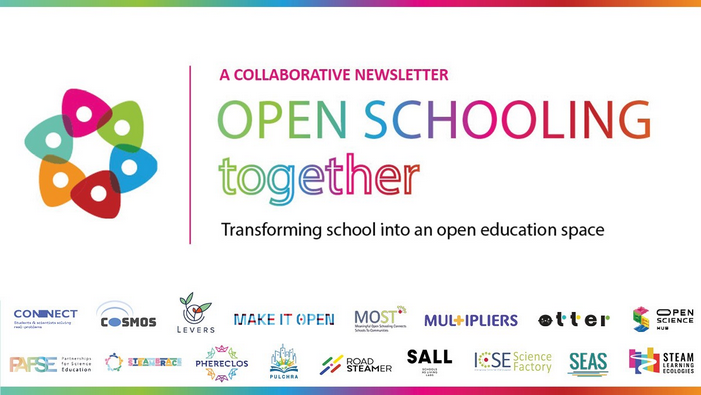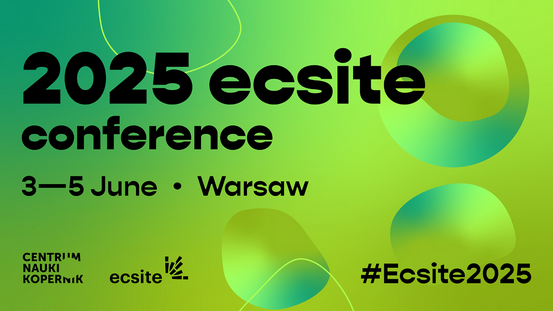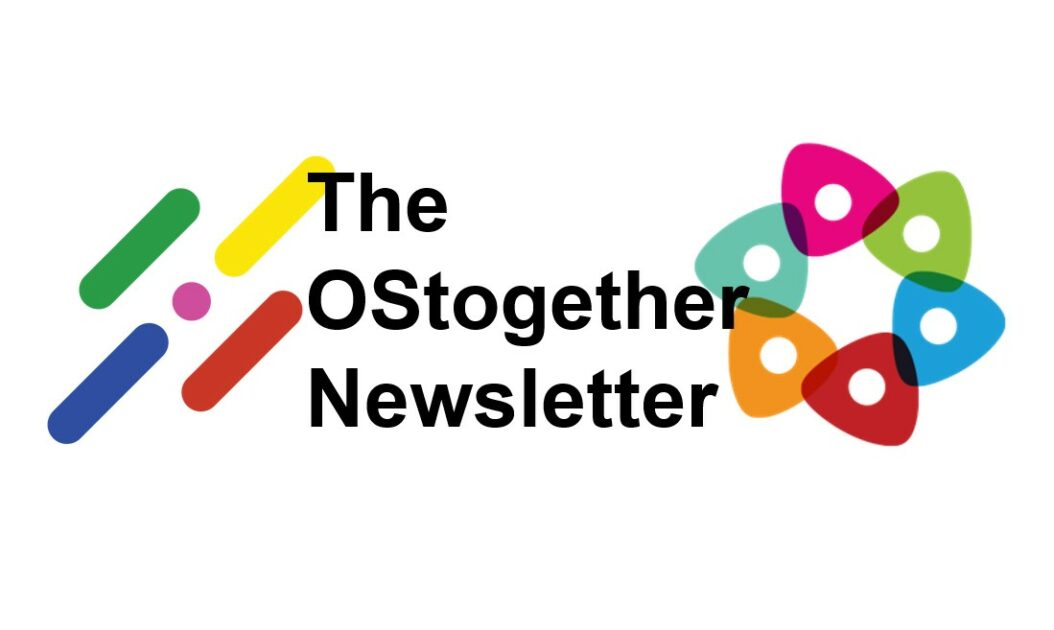This article, recently published in the Creativity and Educational Innovation Review, explores the transformative potential of STE(A)M education as a socially innovative approach to making STEM education more inclusive and creativity-driven. It draws on findings from the EU-funded Road-STEAMer project, which seeks to close gaps in STEM education by integrating artistic and creative methodologies while fostering inclusivity.
The study examines how STE(A)M education can bridge skill gaps and promote diversity in STEM fields, guiding educational policies toward cultivating a more capable and equitable workforce. Empirical insights, including those from the DOIT programme, reveal that STE(A)M education significantly enhances creativity, self-efficacy, and interdisciplinary problem-solving skills among students, with particular benefits for gender equity and inclusive pedagogies.
Key recommendations include strengthening policy support, expanding educator training, and developing inclusive frameworks to equip students for the challenges of an evolving workforce and society. The results underscore the promise of STE(A)M education in addressing educational disparities and workforce demands, making it a crucial tool for creating equitable, innovative learning environments.
This study serves as a call to action for policymakers, educators, and stakeholders to embrace STE(A)M education as a vital strategy for shaping future-ready, diverse talent pools and addressing societal challenges.



